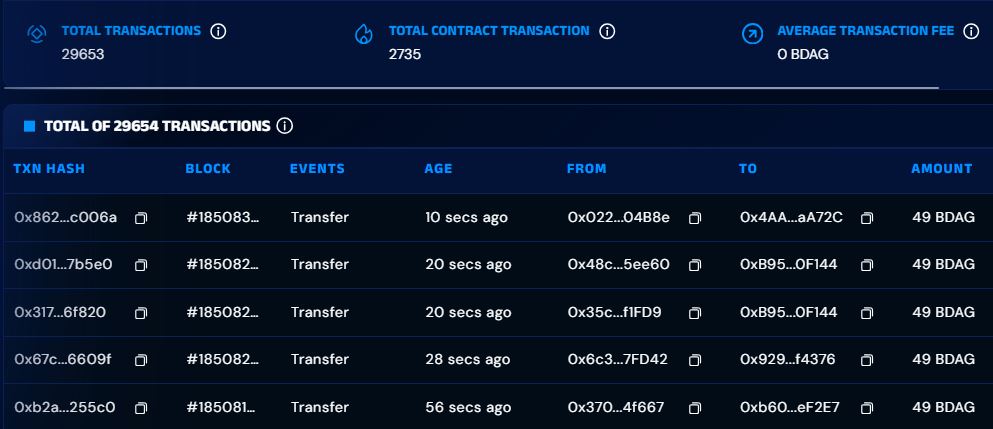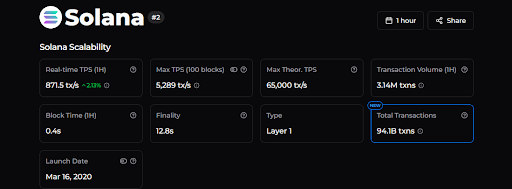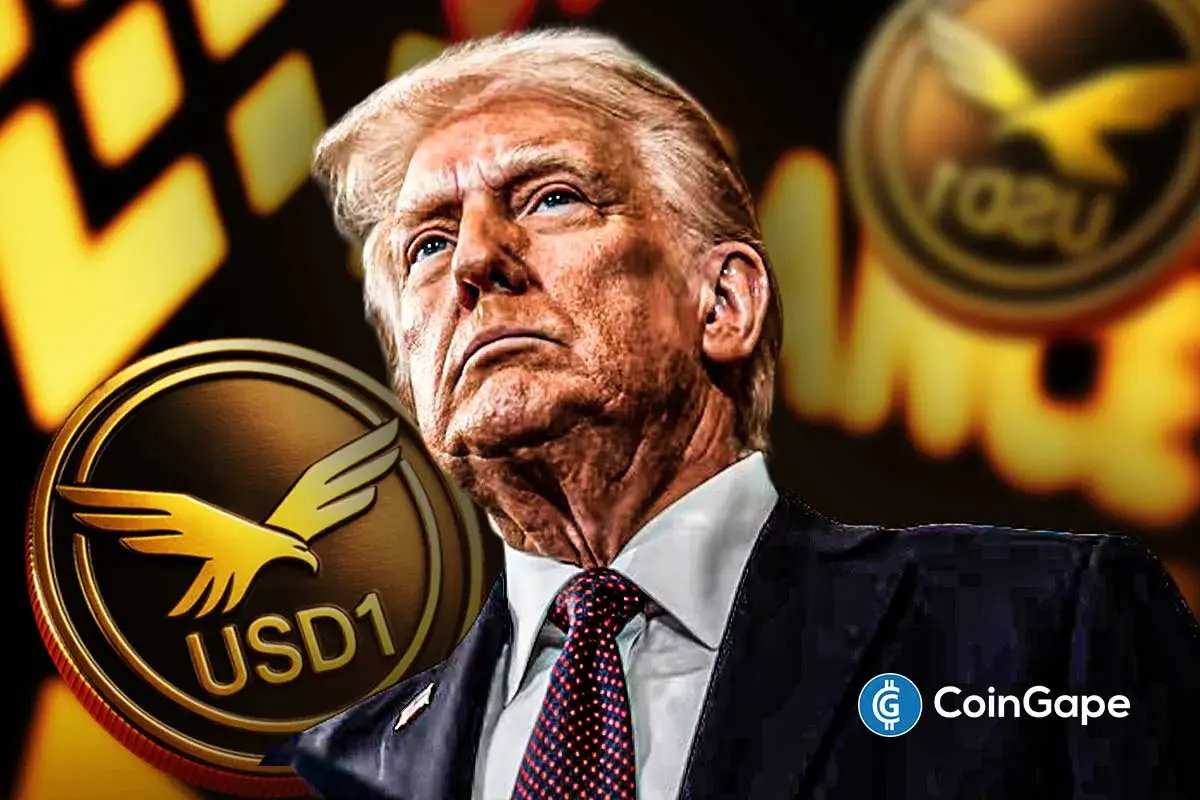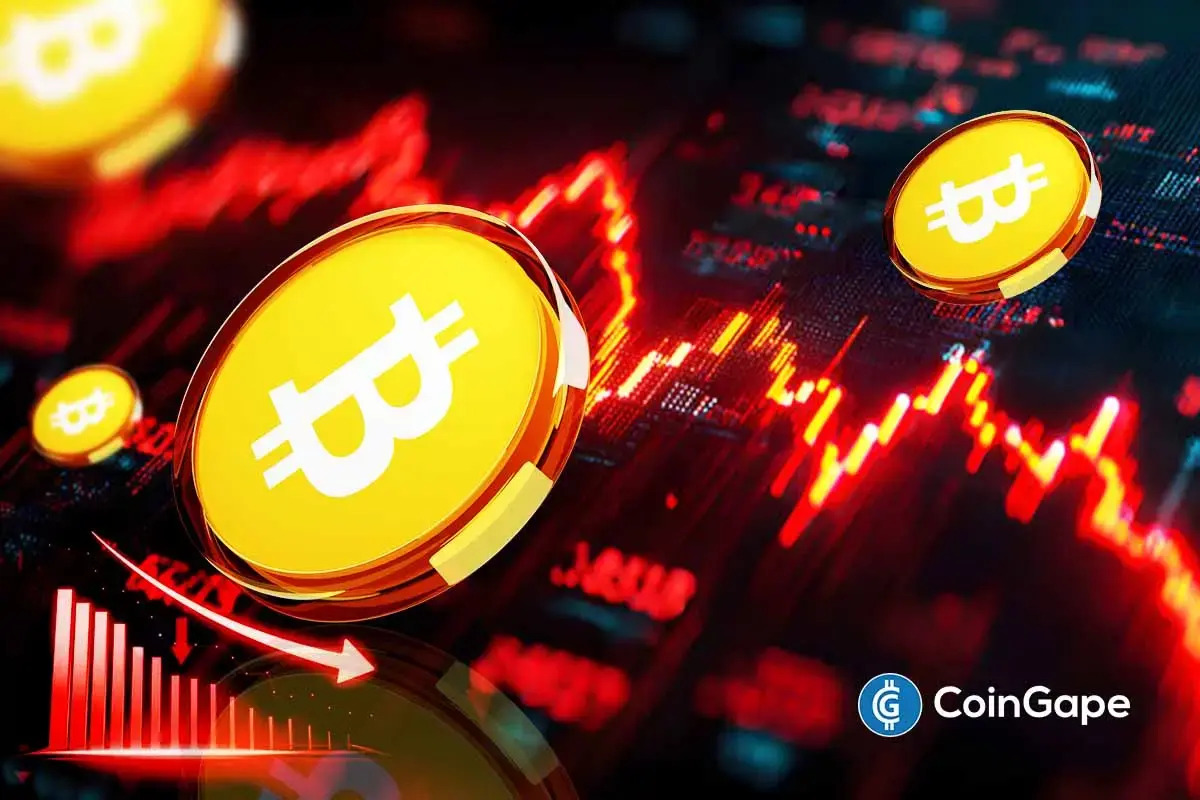BlockDAG Vs. Solana: Who Wins In Transaction Speed?
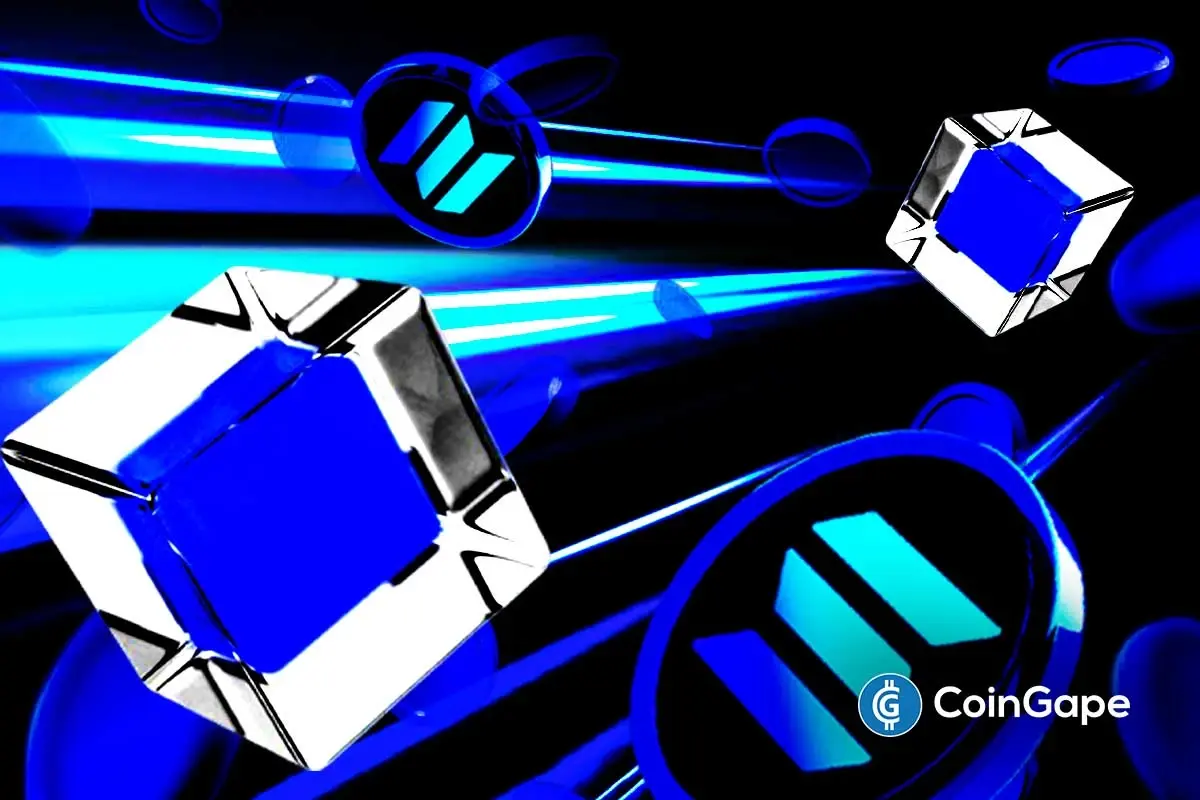
Solana’s entire motif when it was introduced was that it is the “people’s blockchain” that promises a massive uptick in transaction speeds, which in turn could lead to a more sustainable system. The old Solana has been able to live up to its promises despite a massive array of technical slowdowns and downtimes initially. However, as time passes and blockchain tech has evolved, some developers have tried to move beyond blocks.
For instance, one of the latest projects making waves as one of the biggest presales of 2025, BlockDAG, has adopted the directed acyclic graph (DAG) structure. With DAG, it has taken a dual approach where different mechanics are at play to maintain (and hopefully increase) transaction speeds for different tasks. And now, with the ongoing bull cycle leading people to different alternative investments, investors have one question: who wins in transaction speeds? Does Solana grab the top spot thanks to its same old PoH + PoS approach, or does BlockDAG’s DAG approach shift the scales permanently?
BlockDAG: Offering a Robust Ecosystem Relying on a Unique Dual Approach
BlockDAG, according to the official website, has been described as a new form of blockchain that blends the previously incompatible concepts of DAG and blockchain infrastructure together. Said to bring the “best parts of modern decentralized technology,” BlockDAG has taken a dual approach to balance its multi-utility ecosystem.
The multi-utility stems from the fact that BlockDAG features an ecosystem for developers on one side, and on the other, it also offers a crypto mining app and a payment system.
Therefore, where there is a matter of smart contracts, where apps have to run, there is an account-based model applied. And when the focus is on payments, a UTXO model is implemented.
Now, the account-based model is simple and has been adopted by most blockchain applications. Here, the balance in a wallet address increases or decreases based on the transaction. It is a traditional approach, suitable for smart contracts since they can hold state and variables. Furthermore, this simplicity tackles the complexity of DeFi and other programmable assets perfectly.
Through BlockDAG’s approach, UTXO (Unspent Transaction Output) is being used to enforce parallelism. Transactions using different UTXOs can be executed at the same time. It offers two unique benefits. The first is that it enhances security and accelerates transaction speeds by enforcing parallel execution, and secondly, the transaction lineage is traceable.
It is this approach to a parallel transaction path that gives BlockDAG the speed benefit. And as speed becomes an asset, the added advantage of EVM compatibility can lead to the creation of more unique smart contracts (all Ethereum-based though).
When it comes to quantifying the speed, however, there is not much data. All users currently have access to are projects that currently use DAG (but they don’t have a hybrid architecture). Most claim transaction speeds of around 10,000 TPS. BlockDAG, according to multiple publications, have claimed that its unique architecture could facilitate the same speed.
Solana: An OG Blockchain Designed to Address the Shortfalls of Ethereum
While BlockDAG is a new player on the block, Solana is a high-performance Layer 1 blockchain that has already established its renown. Central to its theme is the dual consensus mechanism, which means the use of Proof of History and Proof of Stake.
Thanks to Proof of History (PoH), efficient timestamping and sequencing of transactions are possible, which is responsible for accelerating the speed of this unique blockchain. This model is reportedly so efficient that a theoretical throughput of up to 710,000 TPS is possible if the provided conditions are ideal.
At the time of writing, however, such conditions are still being developed, and some cite that a maximum of 65,000 TPS has already been reached through some clients, particularly Firedancer.
It is important to keep in mind that these measures are theoretical so far, as real-world numbers have been much more modest. Chainspect, for instance, revealed that the current real-time TPS is around 871.5 TPS. The max TPS reported for 100 blocks is just upwards of 5.2K TPS.
When it comes to block time, it is clear from the data that it is around 0.4 seconds, according to analysis. Solana has already proven itself on the market, and there is real data to reference when it comes to analyzing what it is able to provide in terms of speed.
Which One Is Better In Terms of Transaction Speeds
When it comes to discussing the transaction speeds of BlockDAG and Solana, the focus should be on categories.
1. Real World Speed
In terms of proven real-world speed, Solana has the edge. The ecosystem is already well established, and it has gained traction. There is also a fair amount of data available for analysis.
2. Architectural Potential
Now, in terms of architectural potential, BlockDAG has a future-oriented focus and can potentially outcompete Solana, especially if its DAG and blockchain hybrid approach works in real-world situations. There is reason to believe that Solana’s sequential approach may not fully match BlockDAG’s parallel style.
However, there is no analytical data available right now, as the project is still undergoing its presale phase and gaining both institutional and retail investors.
Conclusion
The bottom line is that both have value. Solana is a trusted system whose speed is measurable. BlockDAG, on the other hand, is yet to show how fast it can be. However, although its use cases are yet to emerge and show real data to users, the presale and VC backing suggests that it has high long-term potential. And once the project is up and running, it will be easier to assess how it stacks up against Solana
- Trump-Linked USD1 Stablecoin Crosses $3B Market Cap After Binance Rolls Out 20% Yield
- Crypto India: Billionaire Nikhil Kamath Reveals He Holds Zero Bitcoin, Plans to Explore BTC in 2026
- Spot Bitcoin ETFs Bleed $175M as Analysts Predict BTC Price Crash to $40K
- Dormant Bitcoin Whale Awakens with $30M Profit
- Bitcoin, AI Coins Bounce as Nvidia Signs $20B AI Inference Deal with Groq
- Bitcoin Price on Edge as $24B Options Expire on Boxing Day — Is $80K About to Crack?
- Crypto Market Rebounds: Are Bulls Positioning for a Santa Rally?
- XRP, Bitcoin, Ethereum Price Predictions Ahead of Jan 2026 CLARITY Act and US Crypto Reserve Plans
- Pi Network Analysis: Pi Coin Price Surges on Christmas Eve, Can It Hit Year-End Highs?
- Why Dec 26th Is A Do Or Die for Bitcoin Price Ahead Of Record Options Expiry?
- Why Bitcoin, Ethereum And XRP Prices Are Down Today? (24 Dec)

 Claim $500
Claim $500